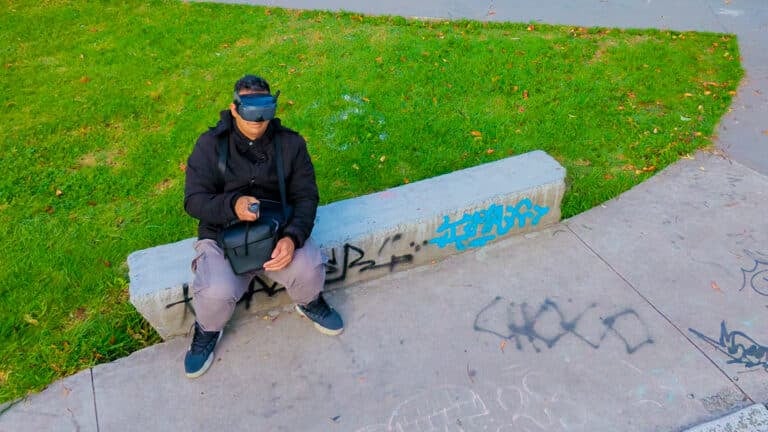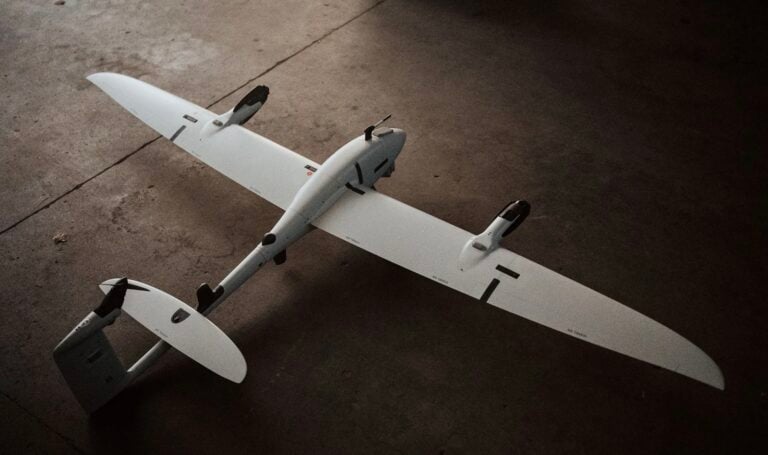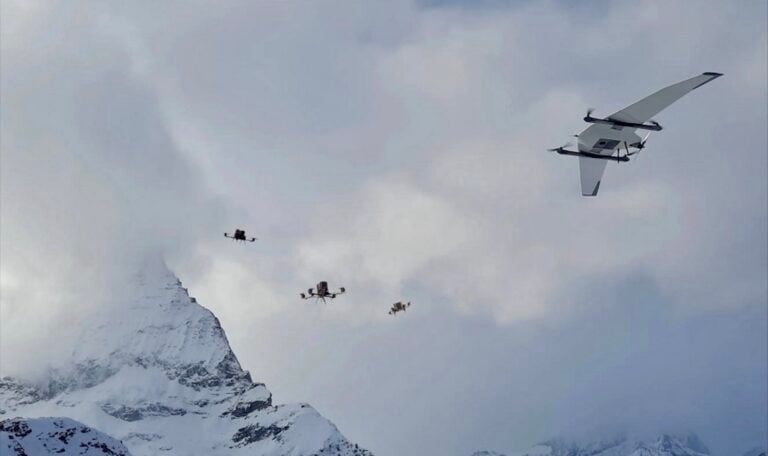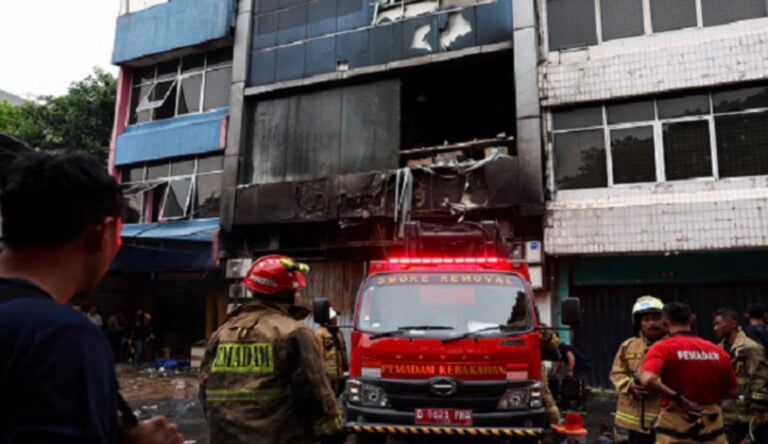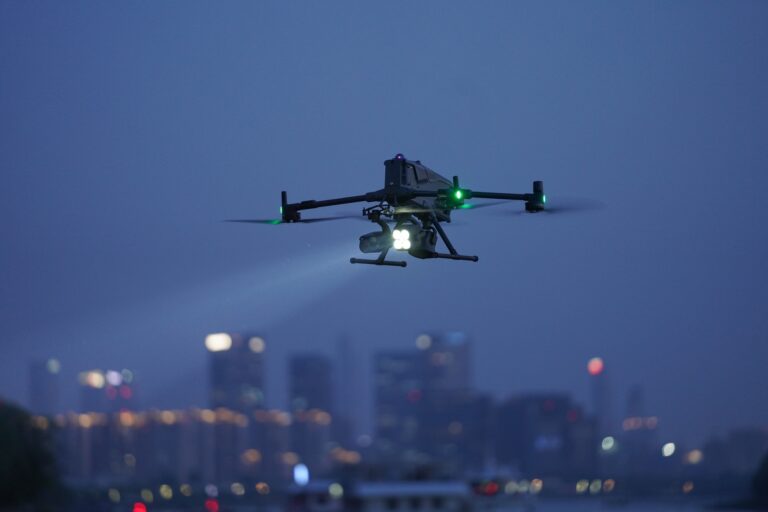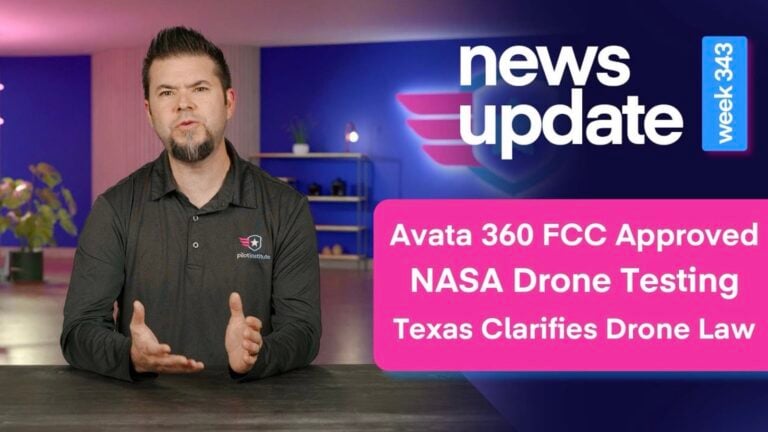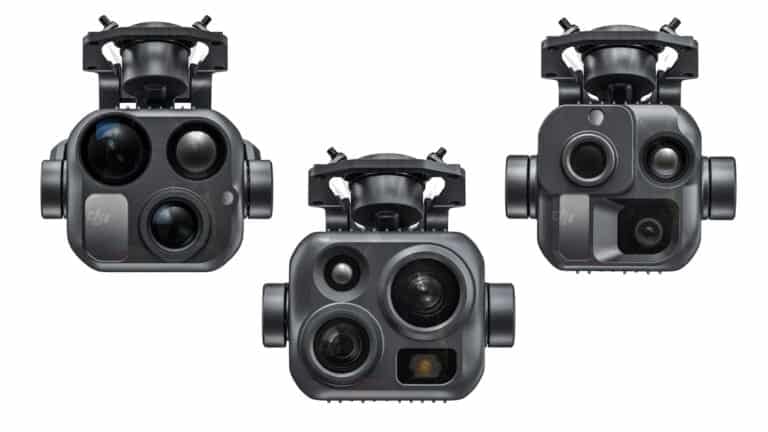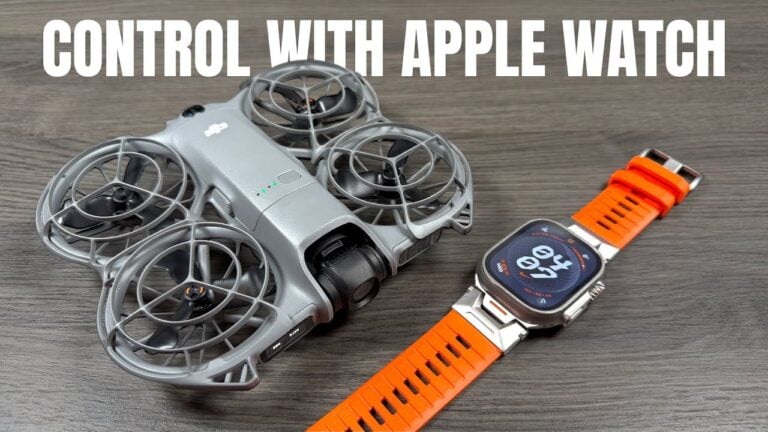Drones Drop Ping-Pong Bombs to Battle California’s Raging Green Wildfire
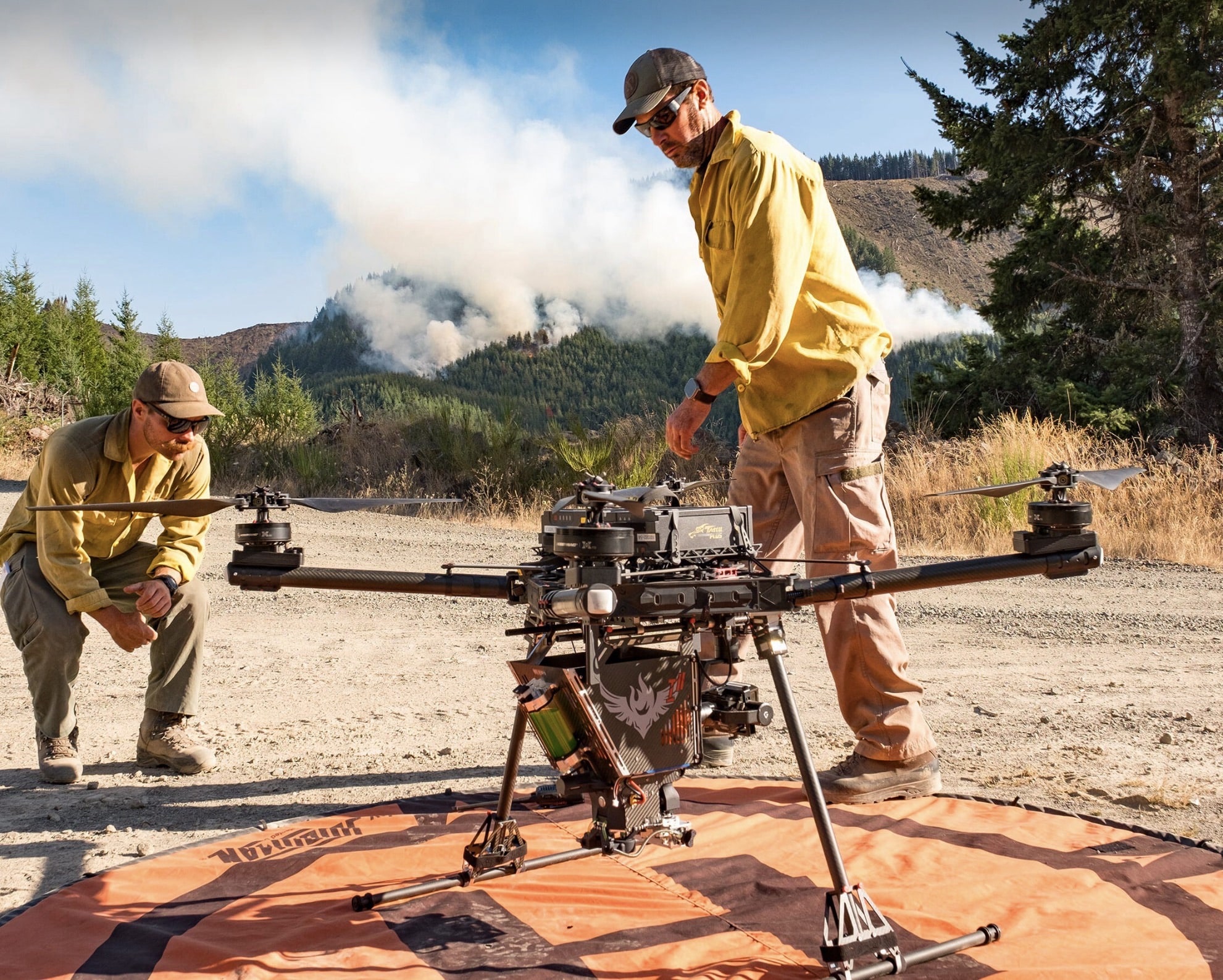
Amazon Drone Deals: DJI Mini 5 Pro Fly More Combo with DJI RC2 now for $1,099!
What if a simple ping-pong ball could stop a monster wildfire? That’s the dramatic reality unfolding northeast of Redding right now.
In an innovative approach to battling the Green Fire northeast of Redding, California, U.S. Forest Service firefighters deploy drones to drop ping-pong balls filled with chemicals, to spark controlled backfires in inaccessible terrain. This method enhances safety by avoiding risks to human crews, as highlighted in a recent report from the Redding Record Searchlight.
Note: The drones used are FreeFly Systems Alta X unmanned aircraft, heavily modified by Drone Amplified to function for this purpose. Drone Amplified built their own app from the ground up and developed the custom payload that releases the ignition spheres.
Drones Tackle Remote and Hazardous Terrain
The Shasta-Trinity National Forest’s steep and rugged landscape presents significant challenges for traditional firefighting. Drones excel in these conditions, accessing areas where ground crews cannot safely venture and where manned aircraft face obstacles like smoke. Firefighters send these unmanned aircraft systems to initiate backfires by releasing ping-pong balls containing chemicals. Upon impact, the balls ignite small fires along the drone’s flight path.
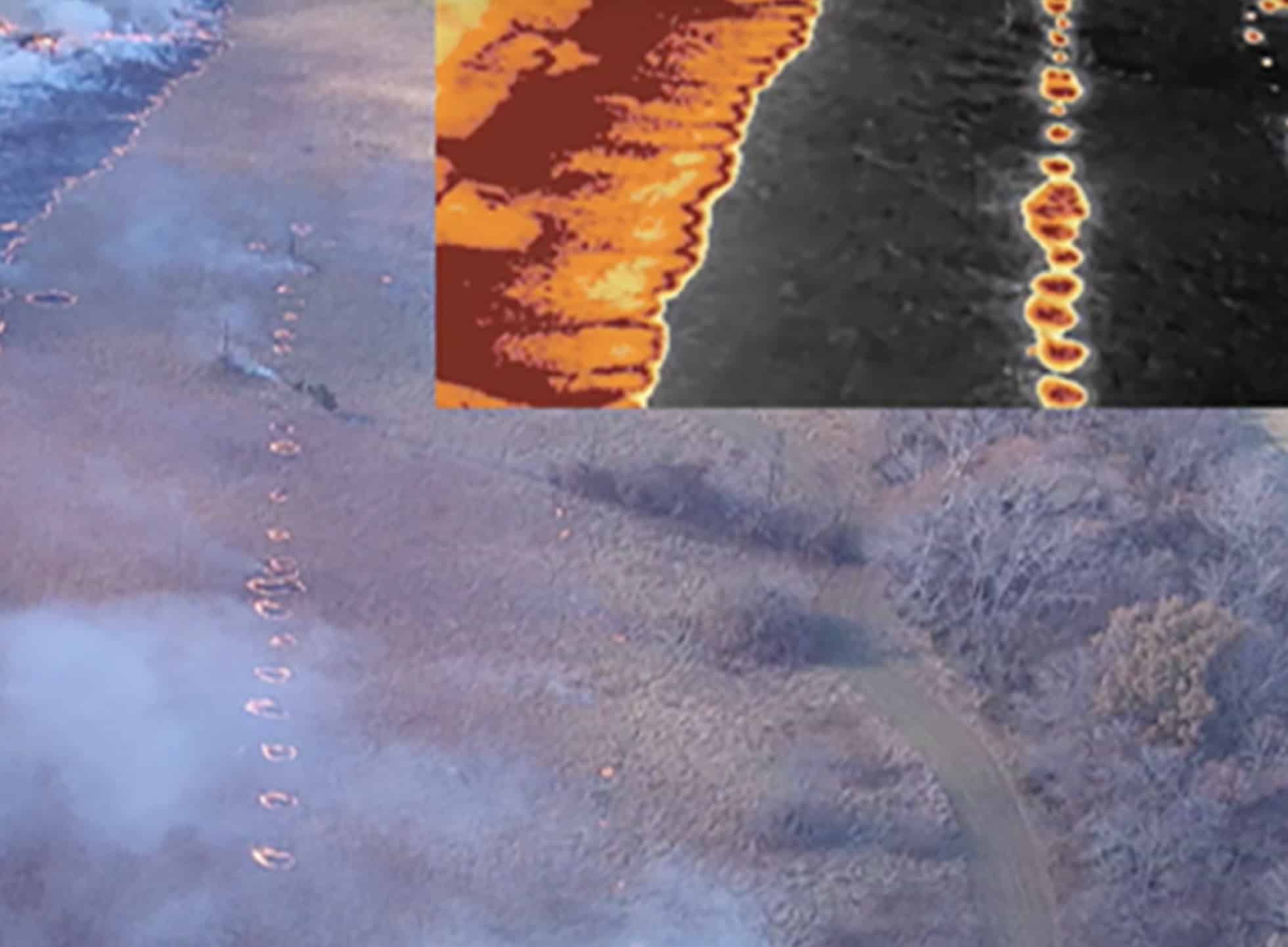
These controlled burns consume vegetation, creating barriers that deprive the main wildfire of fuel when it advances. This technique builds on drones’ established roles in firefighting. They conduct aerial reconnaissance, map fire perimeters, and gather real-time intelligence. In the Green Fire operation, drones capture infrared images that reveal hotspots glowing red, indicating the most intense areas. Thermal imaging and live video feeds further assist in tracking fire movement, assessing damage, and identifying threats to structures.
Enhancing Firefighter Safety and Efficiency
Safety remains a core advantage of drone integration. “If the mission is dull, dumb or dangerous, send the drone,” said John Schuler, a firefighter and U.S. Forest Service spokesperson on the Green Fire. Drones eliminate the need for personnel to enter perilous zones, reducing exposure to hazards. This raises questions about broader adoption, as using drones for information gathering proves less expensive than helicopters while prioritizing human lives.
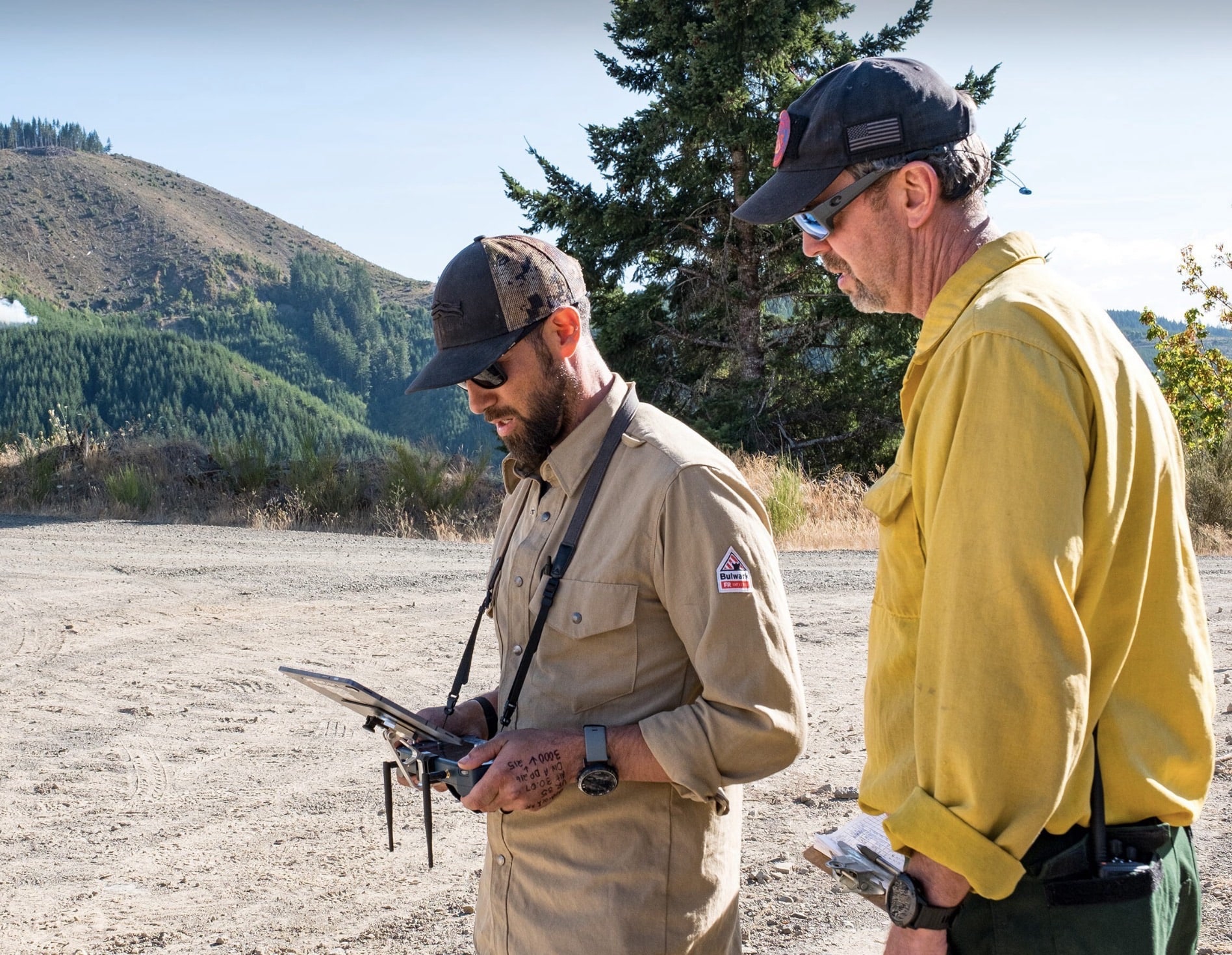
The approach also streamlines operations in dynamic wildfire scenarios. By providing precise data on fire behavior, drones enable quicker decision-making. Building on that, their ability to operate in low-visibility conditions addresses limitations of piloted flights, potentially shortening response times and improving containment efforts.
Regulatory Considerations and Public Warnings
While drones offer clear operational benefits, regulations underscore their controlled use. Civilian drone flights over active wildfires violate laws and pose severe risks. Such interference can disrupt firefighting aircraft, “potentially grounding all air operations,” Schuler said. This not only endangers firefighters but also hampers suppression activities, emphasizing the need for public compliance.
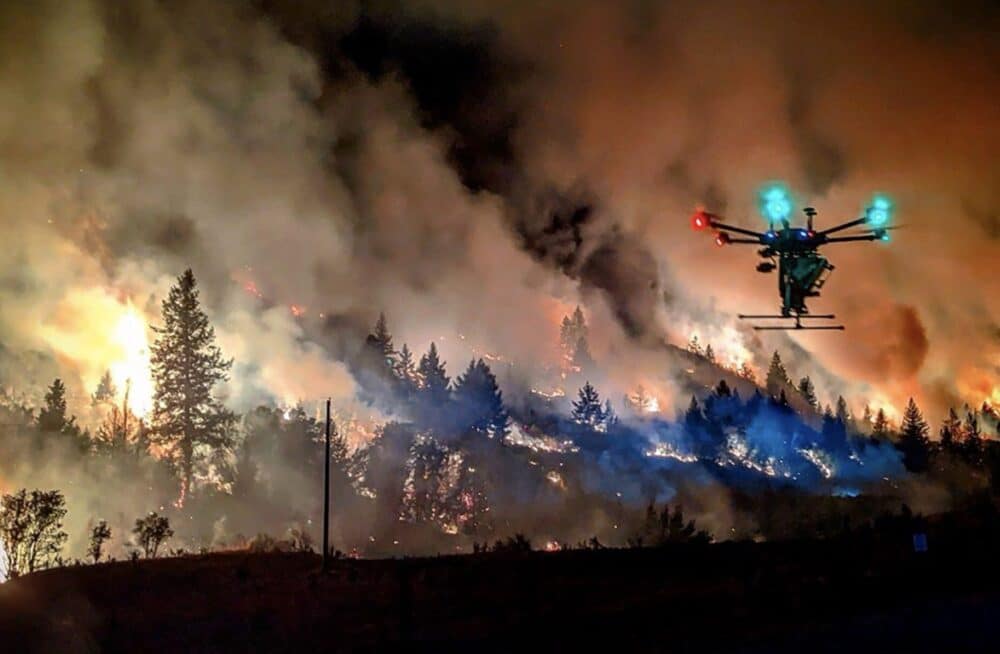
The Green Fire illustrates a trend toward advanced technology in wildfire management, balancing innovation with safety protocols. As forests face increasing fire threats due to climate factors, these tools could shape future strategies, though their deployment requires skilled operators and adherence to federal guidelines.
In summary, the U.S. Forest Service’s drone tactics in the Green Fire demonstrate practical advancements in combating wildfires. By combining reconnaissance with ignition capabilities, drones address economic and safety imperatives, fostering more effective responses in challenging environments. This development signals potential shifts in how agencies tackle remote blazes, provided regulatory frameworks evolve accordingly.
You can read more stories about drones for good right here on DroneXL.
Photos courtesy of U.S. Forest Service.
Discover more from DroneXL.co
Subscribe to get the latest posts sent to your email.
Check out our Classic Line of T-Shirts, Polos, Hoodies and more in our new store today!

MAKE YOUR VOICE HEARD
Proposed legislation threatens your ability to use drones for fun, work, and safety. The Drone Advocacy Alliance is fighting to ensure your voice is heard in these critical policy discussions.Join us and tell your elected officials to protect your right to fly.
Get your Part 107 Certificate
Pass the Part 107 test and take to the skies with the Pilot Institute. We have helped thousands of people become airplane and commercial drone pilots. Our courses are designed by industry experts to help you pass FAA tests and achieve your dreams.

Copyright © DroneXL.co 2025. All rights reserved. The content, images, and intellectual property on this website are protected by copyright law. Reproduction or distribution of any material without prior written permission from DroneXL.co is strictly prohibited. For permissions and inquiries, please contact us first. DroneXL.co is a proud partner of the Drone Advocacy Alliance. Be sure to check out DroneXL's sister site, EVXL.co, for all the latest news on electric vehicles.
FTC: DroneXL.co is an Amazon Associate and uses affiliate links that can generate income from qualifying purchases. We do not sell, share, rent out, or spam your email.




